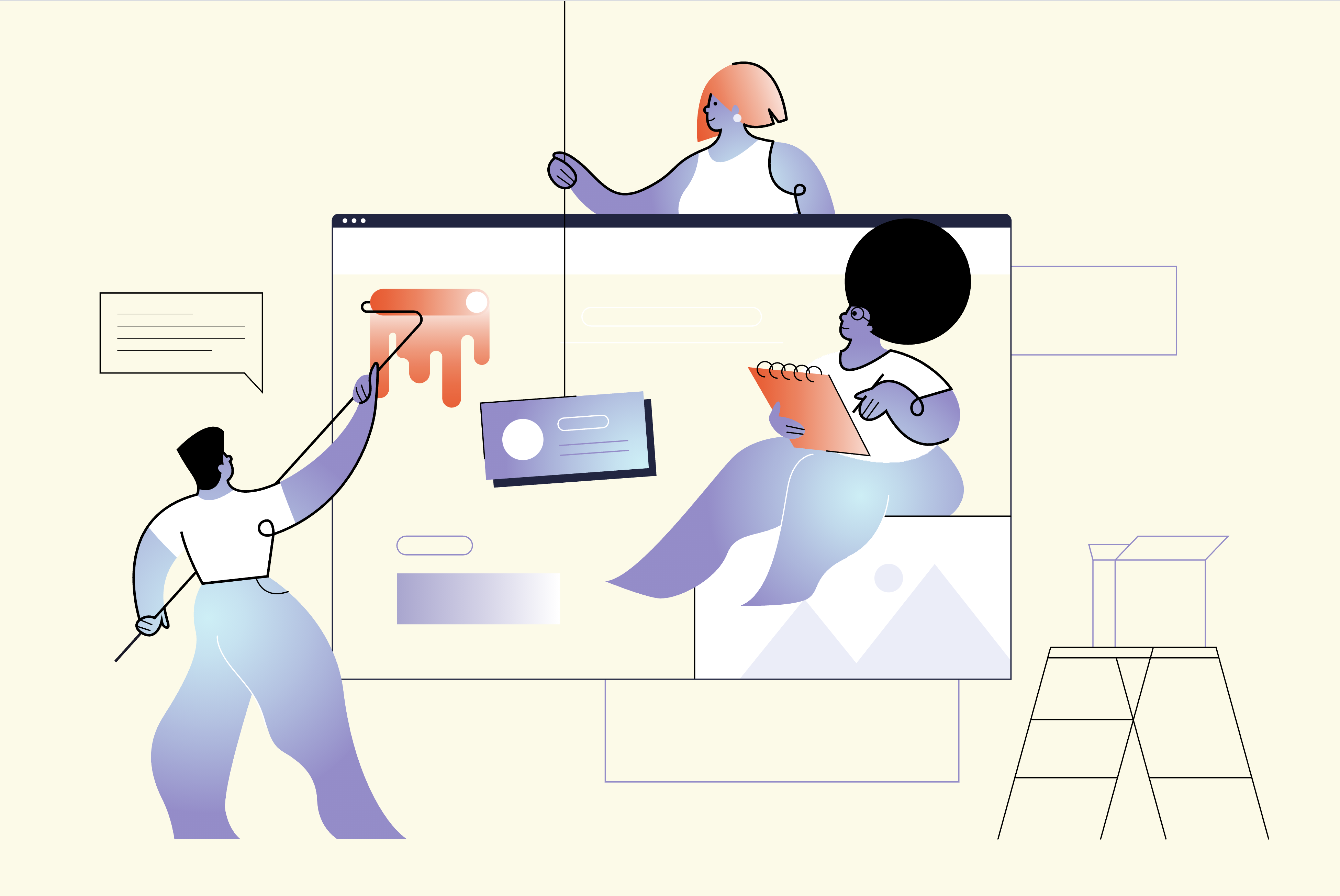When it comes to building a website, one of the first questions that comes to mind is: How much does web design cost? Unfortunately, the answer isn’t always simple. Web design pricing can vary widely based on a number of factors, from the complexity of the project to the experience of the designer or agency.
We’ll break down the key elements that influence web design pricing and help you understand what to expect when budgeting for your next website.
1. Type of Website
The type of website you need plays a major role in pricing.
- Simple brochure sites (e.g., for a local business) can cost between $500–$2,000.
- E-commerce websites with product catalogs, carts, and payment integrations usually range from $2,000–$10,000+.
- Custom web applications or platforms can go well above $20,000 depending on functionality.
2. Custom Design vs Templates
Using a pre-built template is cheaper and faster but may limit customization. A fully custom design offers greater control over branding and user experience—but comes at a higher price tag.
- Template-based designs: $500–$1,500
- Custom design: $2,000–$10,000+
3. Content and Pages
The number of pages and the amount of content you need can affect both time and cost.
- Basic sites (5–10 pages) are quicker to build.
- Larger sites (20+ pages) may require a content strategy, copywriting, and SEO, which increase the overall cost.
4. Features and Functionality
The more features you want, the higher the cost. Common add-ons include:
- Contact forms
- Booking systems
- Live chat integration
- Membership areas
- Blog functionality
- SEO tools
Each feature adds development time, which affects the final price.
5. Experience and Location
Web designers and agencies vary by skill level and geographic region:
- Freelancers: Often cheaper, with rates ranging from $25–$100/hour.
- Small agencies: Typically charge $1,000–$15,000+ for full projects.
- Large firms: Provide high-end design and full-service packages, starting at $10,000+.
6. One-Time vs. Monthly Pricing: Which Is Better?
When choosing a web design provider, you’ll often see two pricing models: one-time payment vs. monthly pricing. Each has its pros and cons depending on your goals and cash flow.
One-Time Payment
- You own the website outright
- Higher upfront cost, but no long-term commitment
- Ideal for businesses with a marketing budget and in-house maintenance
- Typical range: $1,000–$10,000+
Monthly Pricing
- Lower initial investment (e.g., $250–$300/month)
- Includes hosting, updates, and sometimes marketing services
- Great for startups or businesses needing bundled support
Key Tip: Monthly plans often bundle web design, hosting, maintenance, and SEO—making them a good choice for non-technical business owners looking for a worry-free solution.
💡 Web Design Pricing Comparison
| Feature | One-Time Payment | Monthly Plan |
|---|---|---|
| Upfront Cost | 💰 Higher ($1,000–$10,000+) | 💵 Low (from $50–$300/month) |
| Ownership | ✅ Full ownership | ⚠️ May depend on contract |
| Hosting & Maintenance | ❌ Often separate | ✅ Usually included |
| Flexibility | ✅ Fully customizable | ⚠️ Template-based or limited |
| Ideal For | 📈 Businesses with budget | 🚀 Startups or small businesses |
| Long-Term Cost | 💸 Pay once | 📆 Adds up over time |
7. Ongoing Costs to Consider
Don’t forget about ongoing expenses like:
- Web hosting: $5–$50/month
- Domain registration: ~$10–$20/year
- Maintenance and updates: $50–$500/month depending on support level
Final Thoughts
Web design pricing can feel overwhelming, but understanding the variables helps you make smarter decisions. Always consider your business goals, choose a designer or agency that aligns with your vision, and ask for detailed quotes.
If you’re looking for a tailored website that balances design, performance, and affordability—OptiNest Digital is here to help. Let’s bring your online presence to life.
Need help with a web design quote? Contact us today for a free consultation. ```
 Optinest
Optinest 
 A Strategic Guide to Redesigning Your Website
A Strategic Guide to Redesigning Your Website